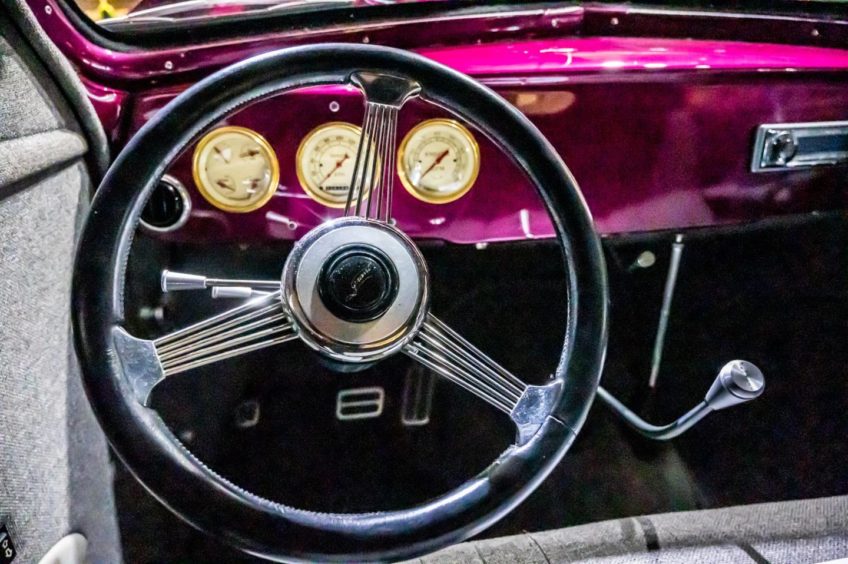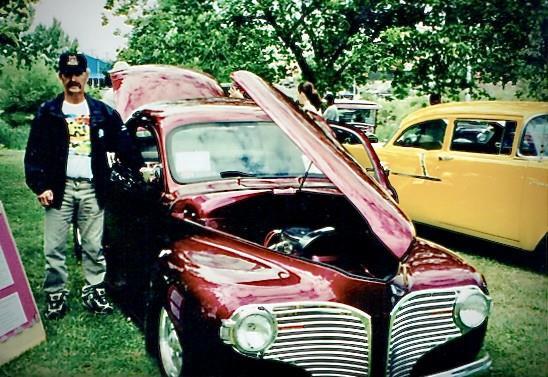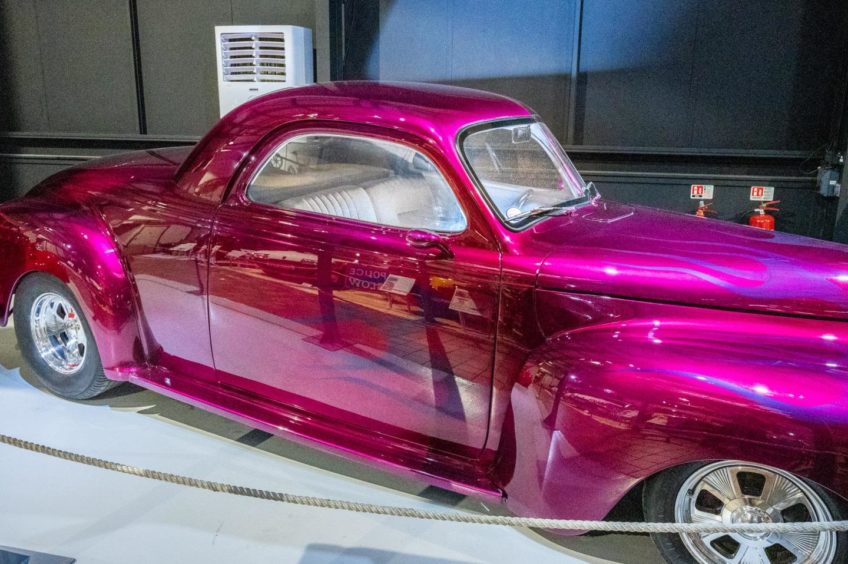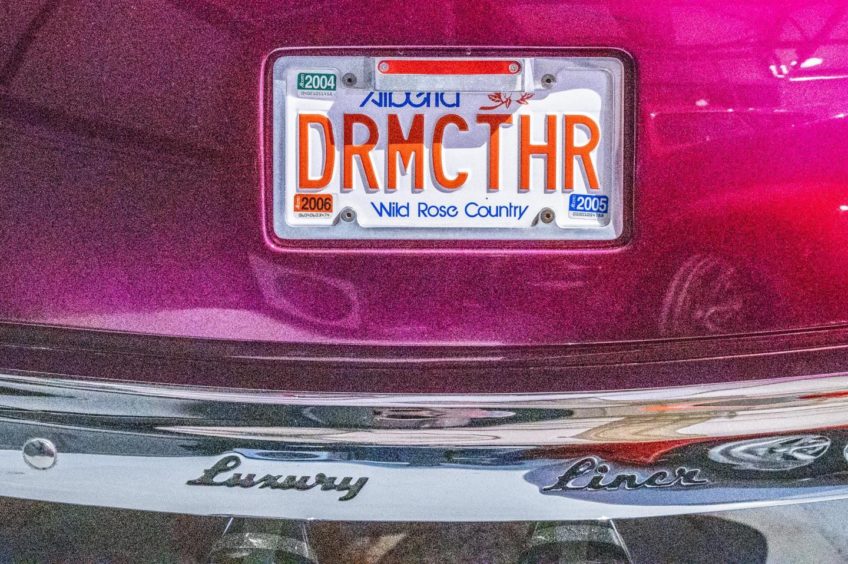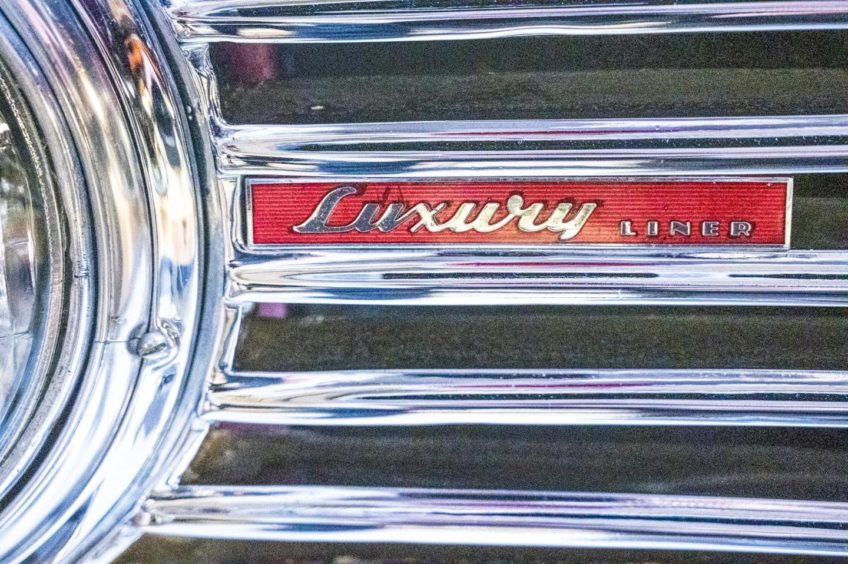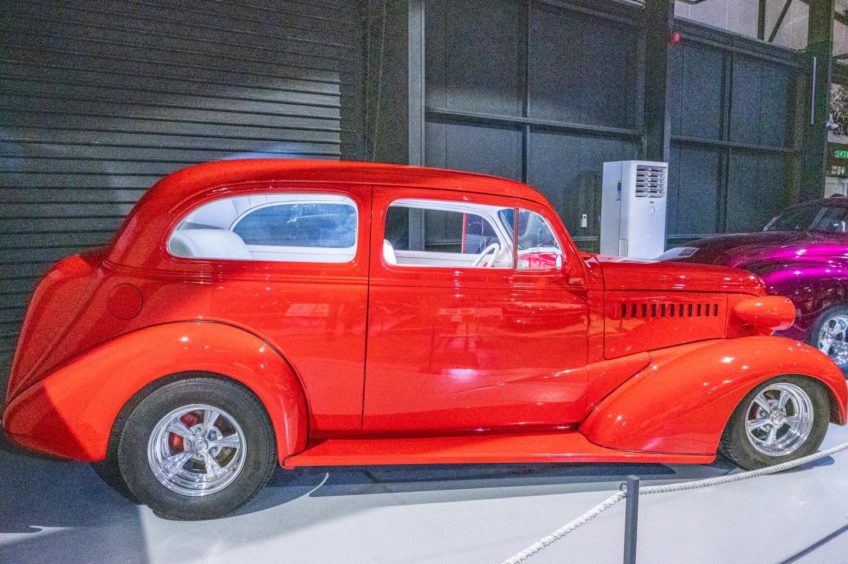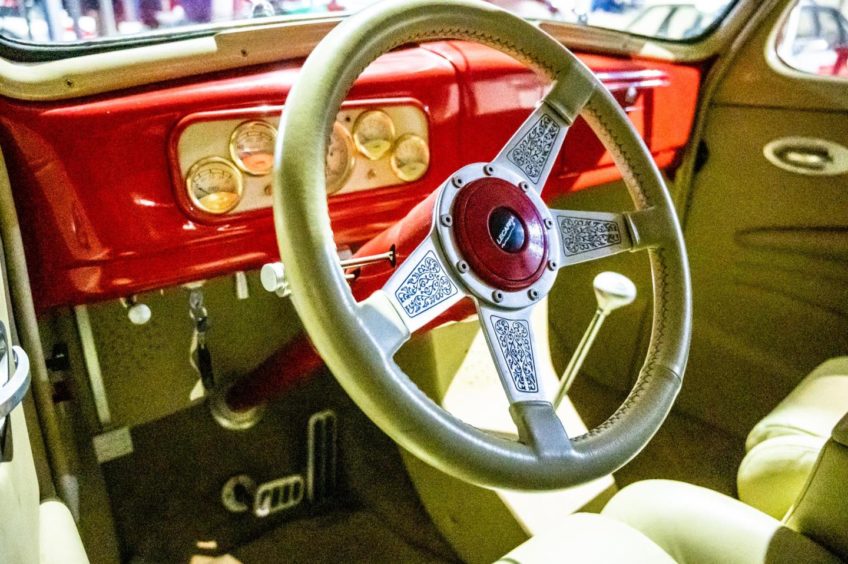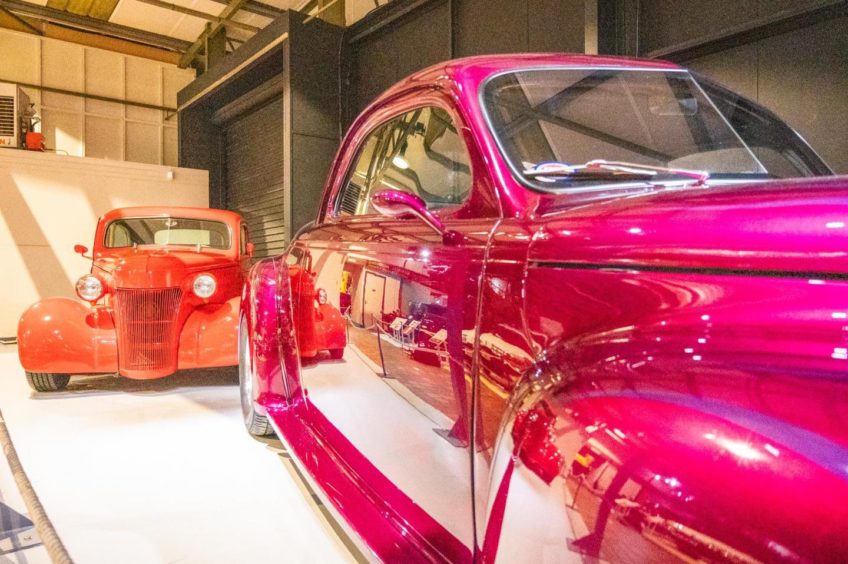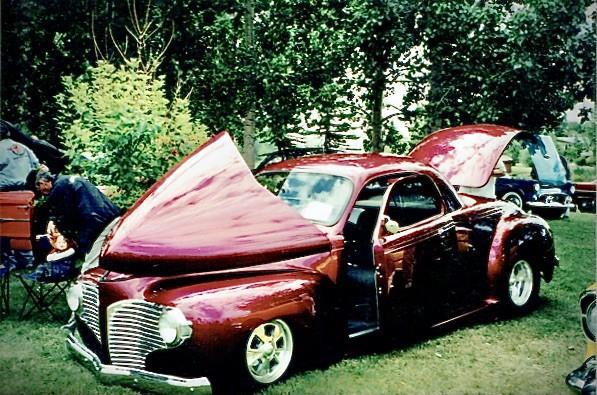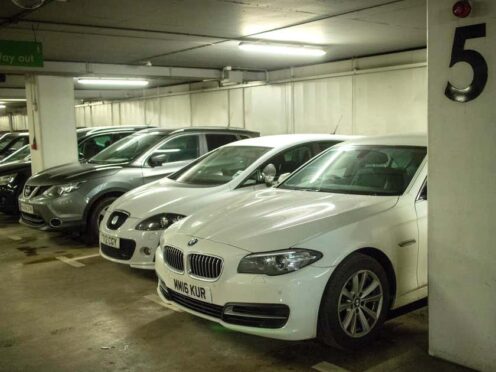From Mustangs to muscle cars, hot rods to Corvettes, the long-held American love affair with cars has seen motoring enthusiasts across the globe turn their hands to painstaking restorations of vintage vehicles to produce some true works of art.
Others have a gone a step further, designing and commissioning their own models, spending thousands of pounds to recreate the classic lines of cars such as the iconic 1933 Ford, made famous by the ZZ Top vehicle on the cover of the best-selling album, Eliminator.
Instantly recognisable, these classic cars are a respectful nod to the golden age of motoring. Dating back to the 1930s, enthusiasts customised their cars into hot rods, installing larger engines to boost speed to race across vast tracts of desert in Southern California. Roof chops, and the removal of fenders and louvres, delivered less weight, less drag and better gearing. Built purely for speed, they were illegal to drive on public roads.
Enter the street rod. For those who preferred cruising and car shows to racing and wrecks, the street rod offered the original vehicle design and bodywork with modifications to keep it street legal, bringing beauty to the open roads.
One such stunning street rod is the Dreamcatcher, an elegant 1941 Dodge Luxury Liner owned by the late Bob Lailey, brother-in-law of Dyce-based classic car enthusiast Sandy Dalgarno.
Fulfilling his long-held dream to exhibit his car in Scotland, Bob designed and commissioned the beautiful Dodge street rod now on display in the newly-opened 2021 exhibition of Alford’s Grampian Transport Museum.
The Dodge sits alongside Sandy’s equally stunning 1938 Chevrolet Sedan.
Bob, who lived in Didsbury in Alberta, Canada, owned a Chevy street rod, attending shows and events in the early 1990s but dreamed of creating his own unique street rod capable of winning outright.
The style of the 1941 Dodge Luxury Liner appealed to Bob. Basing his design around it, he purchased a standard car in 1966 then set about designing the conversion, right down to the minute details, commissioning work with specialist mechanical, fabrication and paint shops.
By the turn of the millennium it was finished and ready to hit the road. In recognition of the achievement of his dream, Bob named the car after the Native American cultural symbol of the “dream catcher”, acquiring the unique Canadian registration plate of DRMCTHR, which it retains today.
In 2001, to Bob’s delight, the Dreamcatcher won the coveted “Street Rod Champion” award at the high-profile Calgary Car Show.
Sandy says: “We were visiting family in Canada and saw Bob’s car, recognising immediately what a superb job he had made of it. Together we visited the bodyshop where that wonderful paint job had been achieved. I saw the red Chevrolet that is also on display at the museum and loved it, so I bought it there and then.
“The craftsmanship displayed on both of these cars is mind-blowing, very highly modified and with every nut and bolt gleaming and beautifully finished in every detail.
“When Bob flew over to visit us in 2004 he took time to tour Scotland, and on returning to Dyce he told me that this was exactly where the Dreamcatcher needed to be. His dream was for it to be in a museum in Scotland. We agreed to ship both cars over here and I would keep them safe.
“Sadly, Bob passed away in 2020 before he saw his final dream for the Dodge Luxury Liner come true, but I know that he would be very proud today. Dreamcatcher is the perfect name for the car.”
Mike Ward, curator at Grampian Transport Museum, is delighted to have such significant cars from Canada in the 2021 exhibition.
“Both cars are stunning examples of their type and, being so different, they are causing quite a stir amongst our visitors already. We have their full technical specifications on display panels and it makes very interesting reading.
“The museum is extremely grateful to Sandy for allowing us to show these magnificent cars and I’d encourage all American car enthusiasts to enjoy them while they are here.”
Grampian Transport Museum is open Thursday-Monday weekly, 10am-5pm. Tickets must be booked in advance at www.gtm.org.uk
